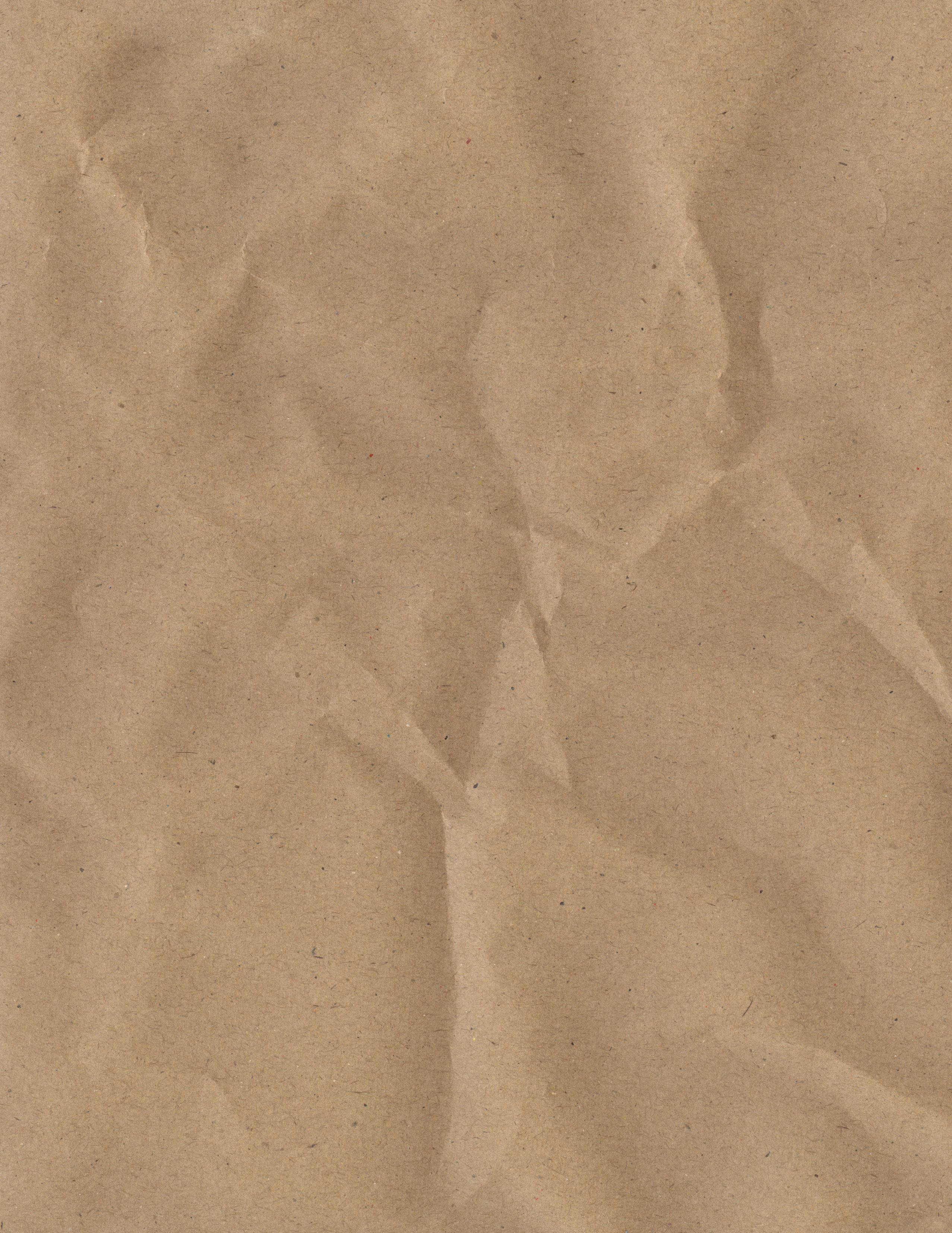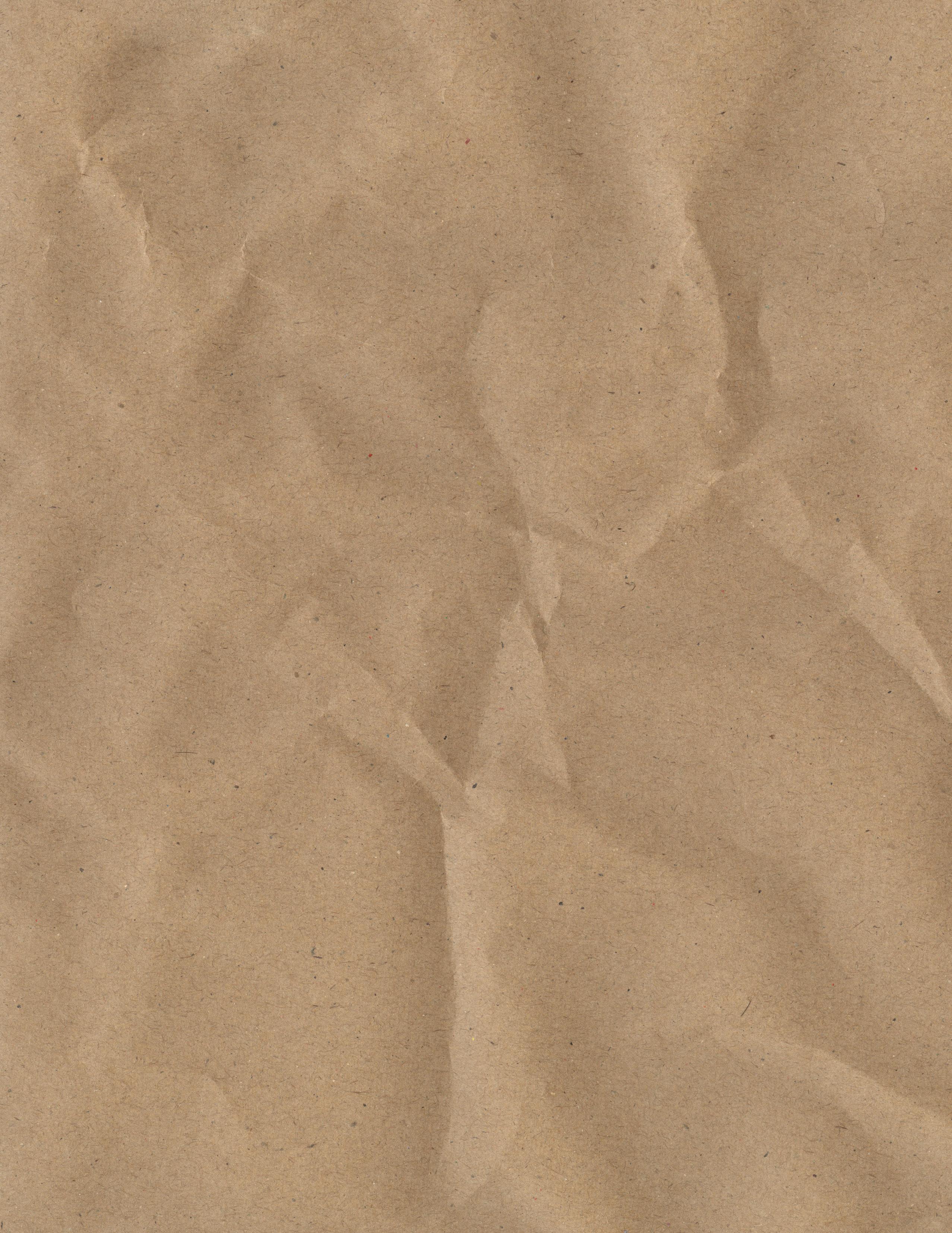














table of contents

























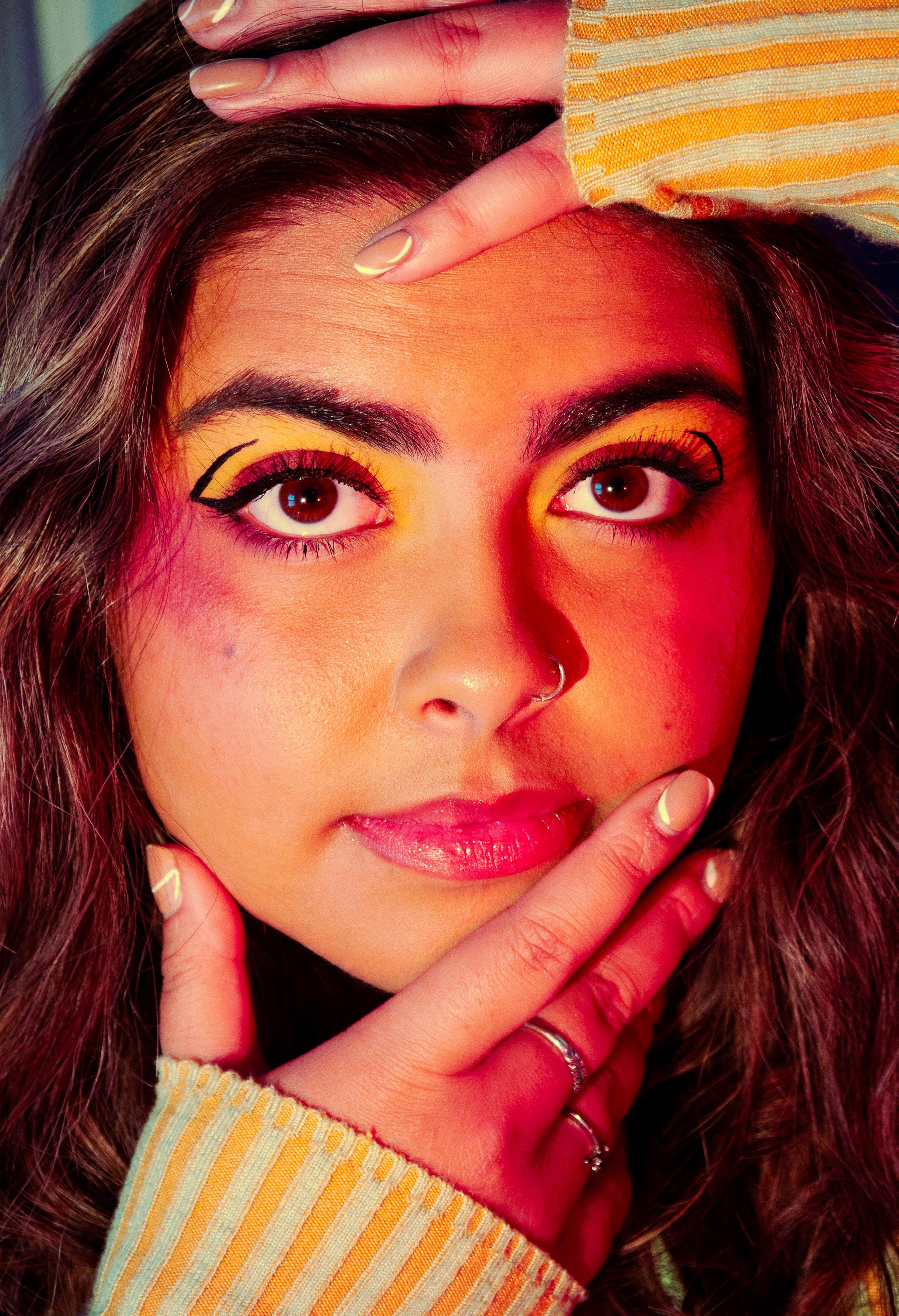

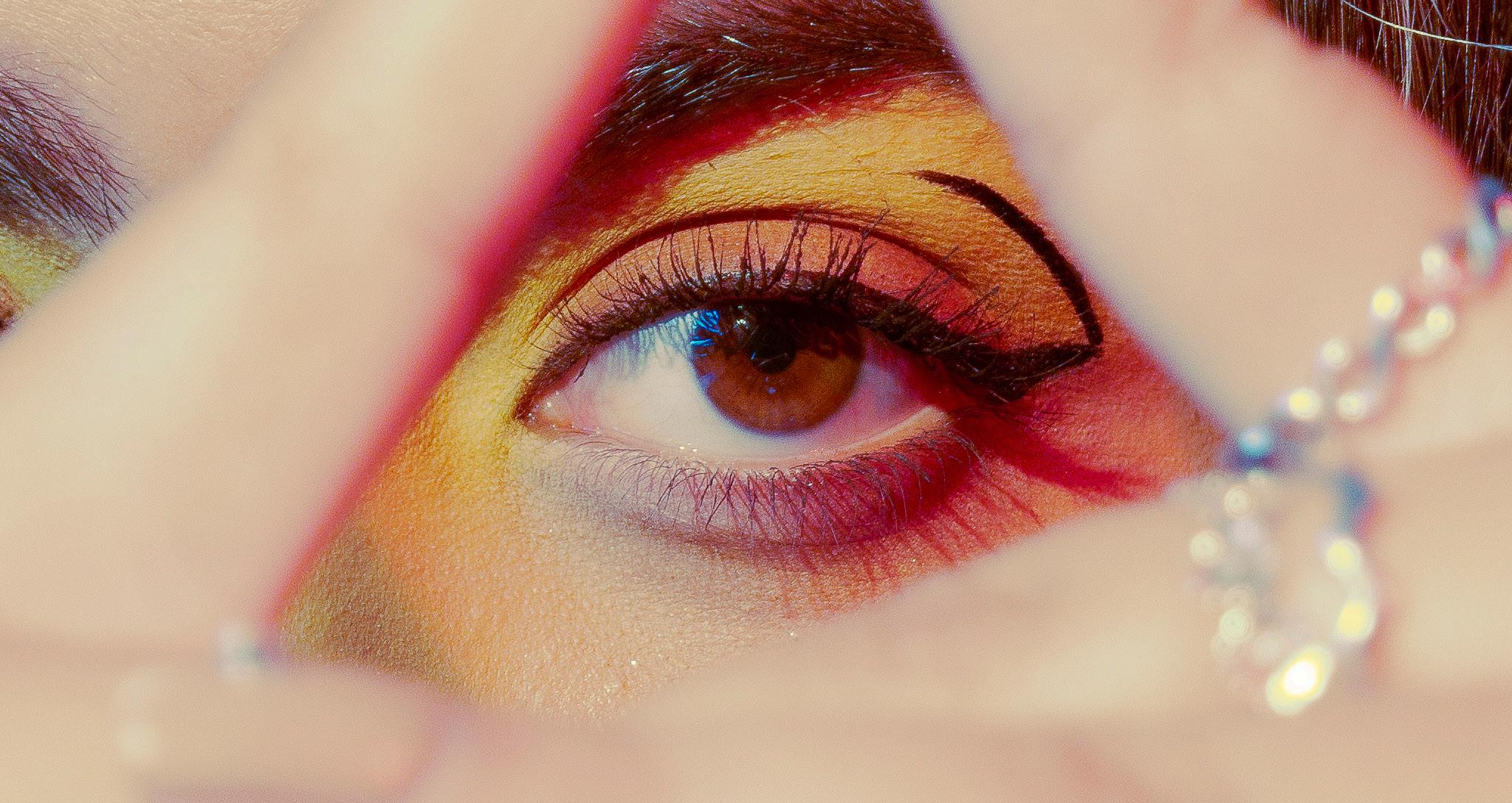
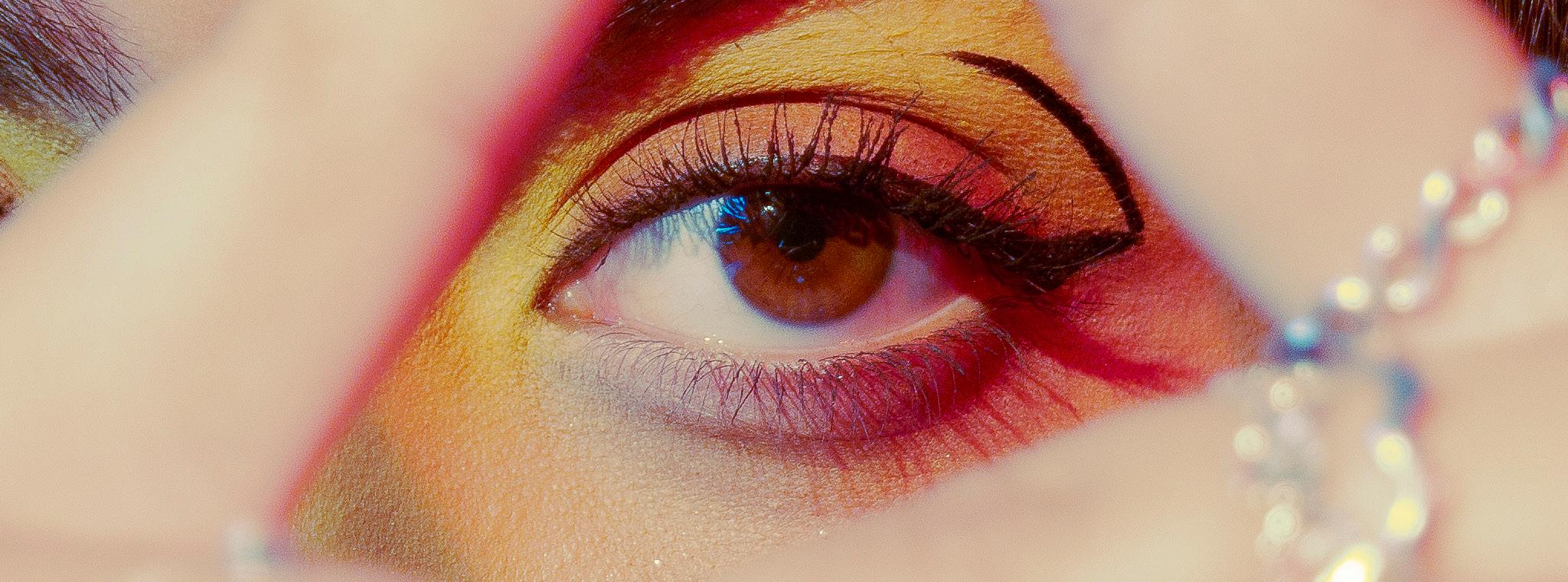
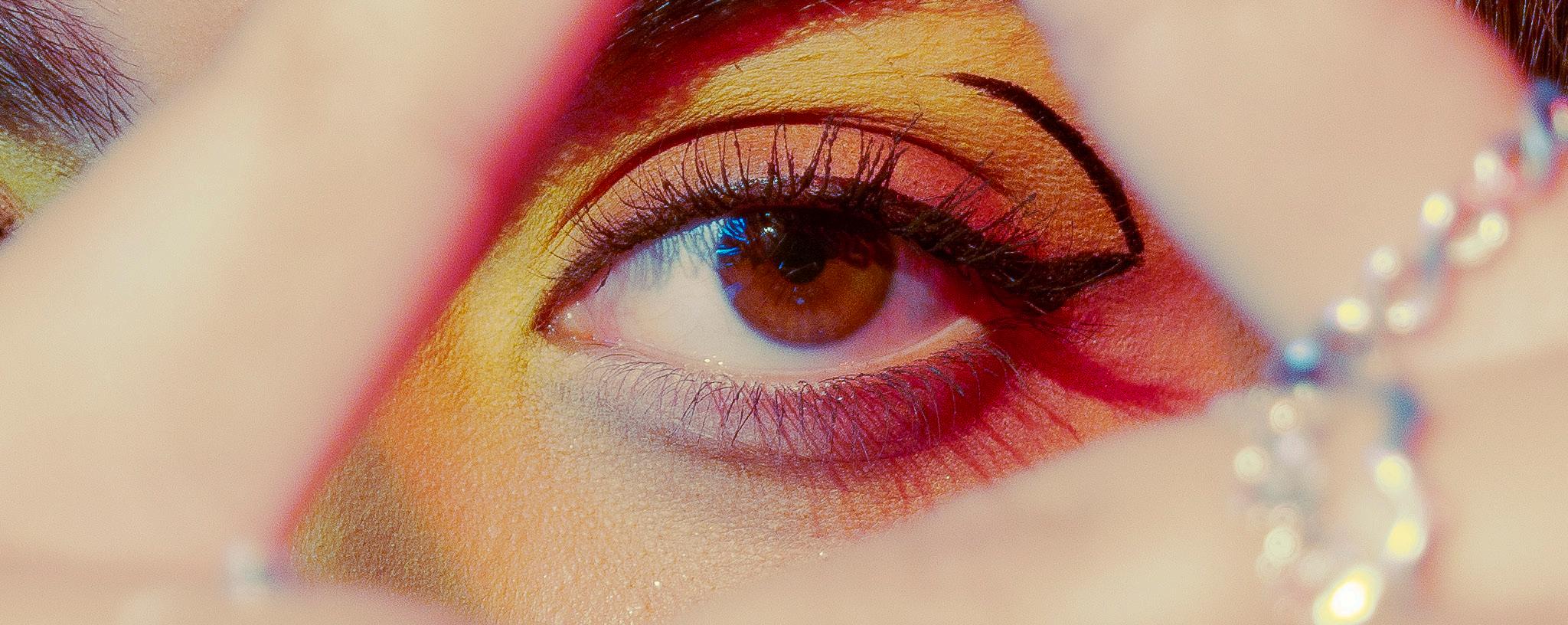

O ne character that scratches your nose, crawls on the back of your spine and sits at the edge of your tongue. It’s a character that feels neither right or wrong, but it feels off. The character takes many forms but is always out of the normal. You feel tense seeing some hing different but not because it or they are different but because they are made to be felt that way. The feeling is inescapable for many fat characters in media, especially fat female characters. As a plus-size woman, I’ve taken notice. The multiple mistreatments and poor representations of plus-size women and men have occurred for far too long. We live in an era where media has power and influence, something that should not be ignored. It can reverse the effects and create positive influence but it cannot happen without analysis. Within this short magazine I present written articles and photographed editorials that describe the history and mistreatment of fat bodies within media. I inquire about where it began and how we can change. I discuss my opinion that’s been informed by readings and conversations. I do not claim originality in my discussion but power in my ability to continue the conversation so that change can occur.
- Lily Grigoriadis

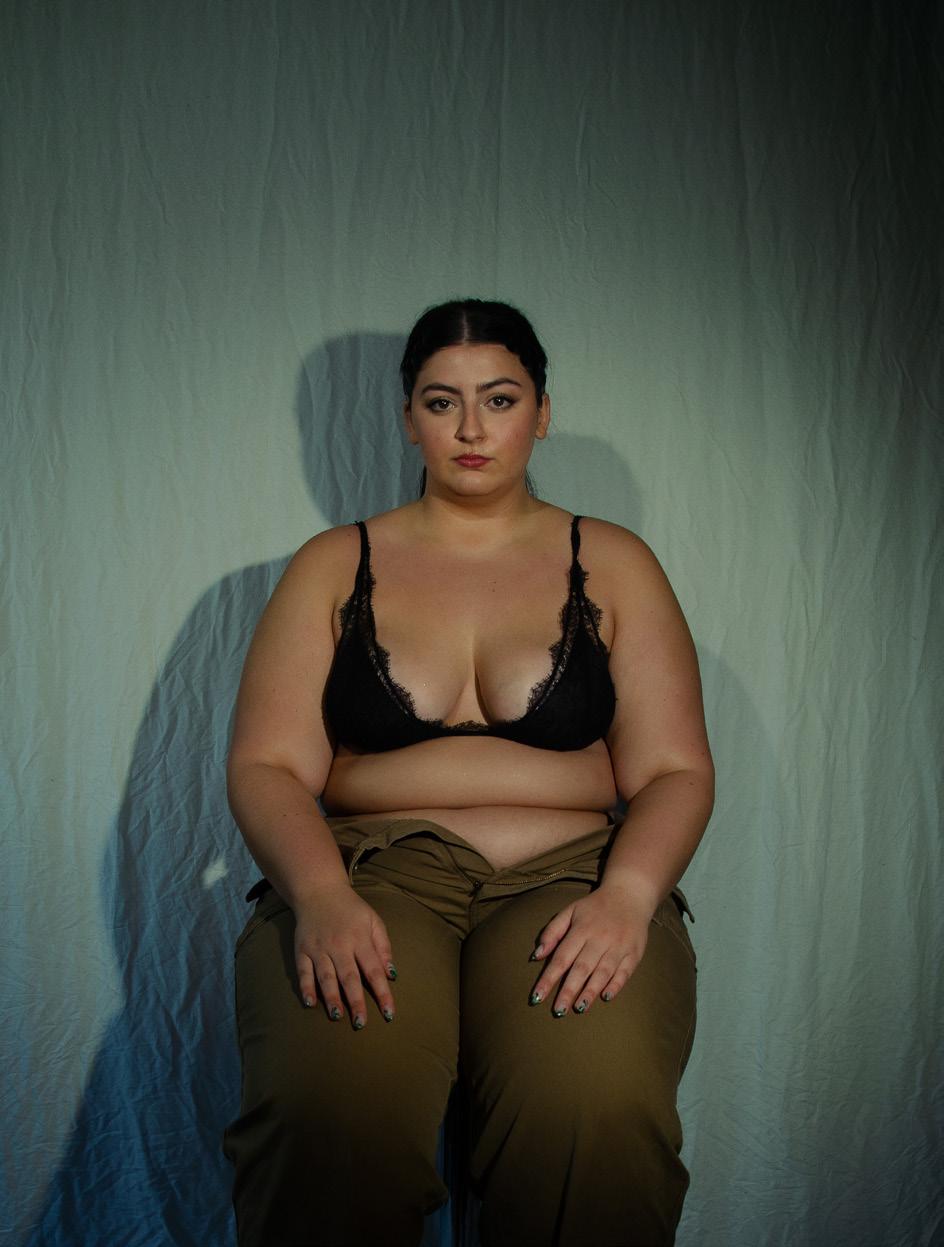


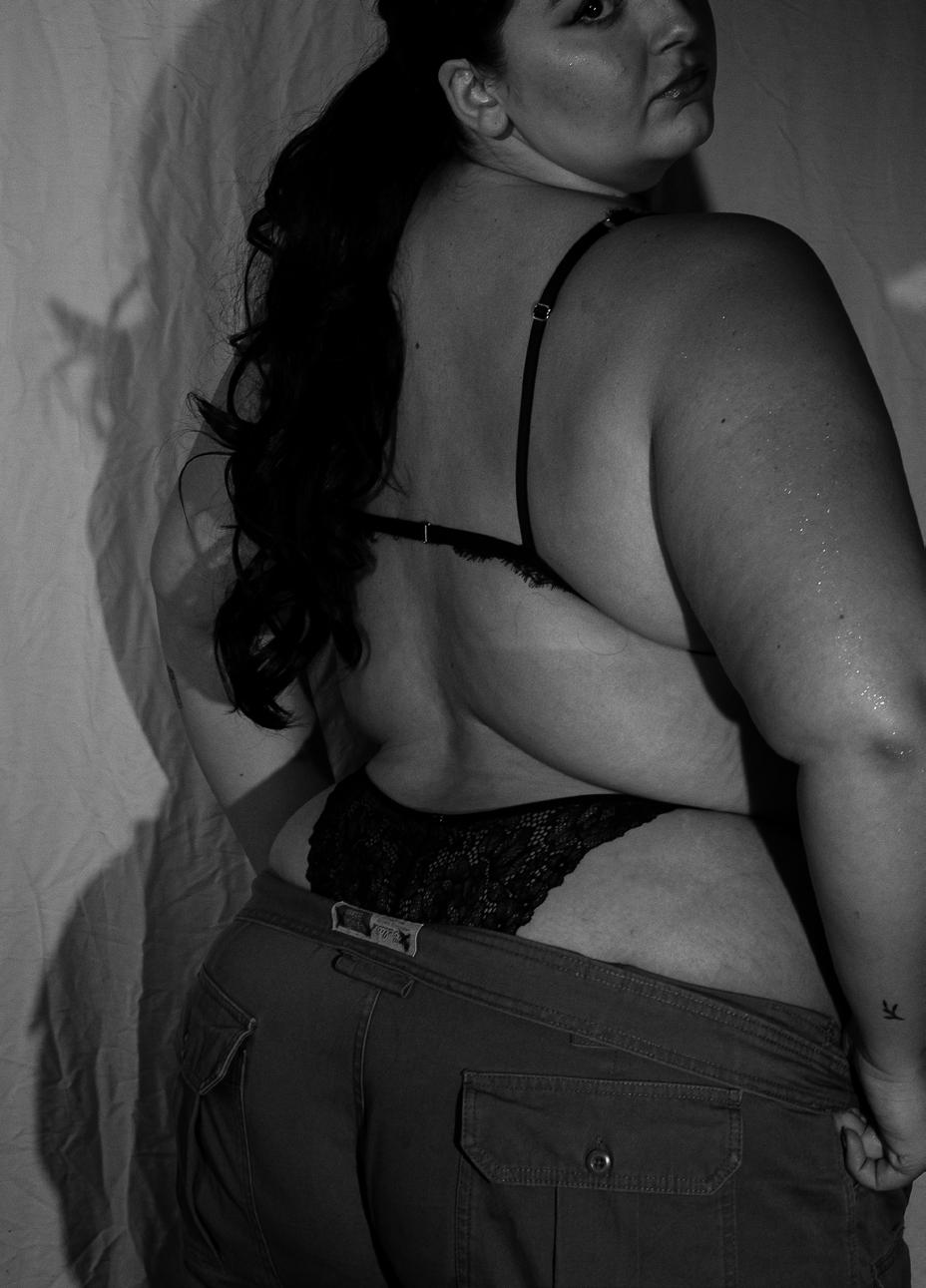








Therefore, the societal standards must reflect a self-controlled individual (thin). Thus, making body size a tool to determine who was free and capable of maintaining the white image of racial superiority; if they could not maintain their size they were then a slave. Hence, body size became a weapon that can isolate and oppress people and is still affecting us today. These beliefs have embedded themselves into our modern world and even our medical system. With models such as the Body Mass Index (BMI), which does not account for the natural amounts of fat within Black bodies, it has been used to determine the health of a person and how obese they are. Although, many have disproven BMI’s use to determine health it is still being used. Thus, these attitudes are deeply ingrained into our society because the medical system built on racist foundations is still valued. Anti-fatness attitudes have created a structure of oppression that neglects to consider factors that would affect plussize people, such as chair sizes.
The world is created to comfort the fortunate, making seats that fit the “average,” creating fashion trends that exclude majority of people in the world or using outdated science to determine health. It is unsurprising that media has followed a similar path, considering that media has been dominantly produced by white males. Although more diversity is being invested and represented in media, body diversity specifically Fat people, are still missing from the conversation. Fat people face tropes that marginalize their identities or represented with negative depictions of their bodies. Media often misunderstands the greater issues of fat-people writing storylines that are surface level. Media needs to broaden its perspective of fat people by treating them as people first and fat second.
Their roots in racism should be acknowledged and used to understand how subconscious racial undertones are present throughout society. Media is just one of many undertones that are still present and with the power of media, we must consider the influence it has to change attitudes about fat people.





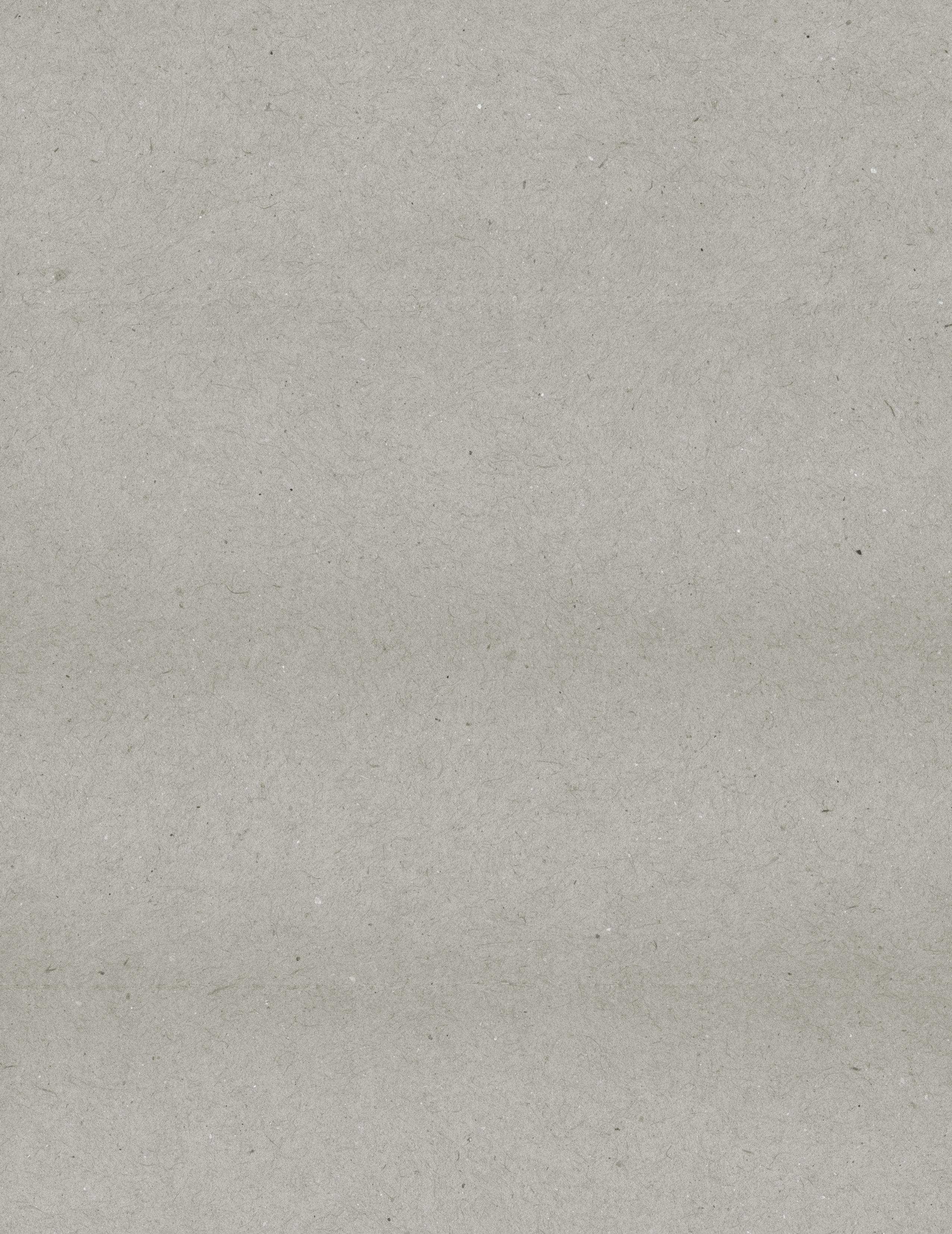
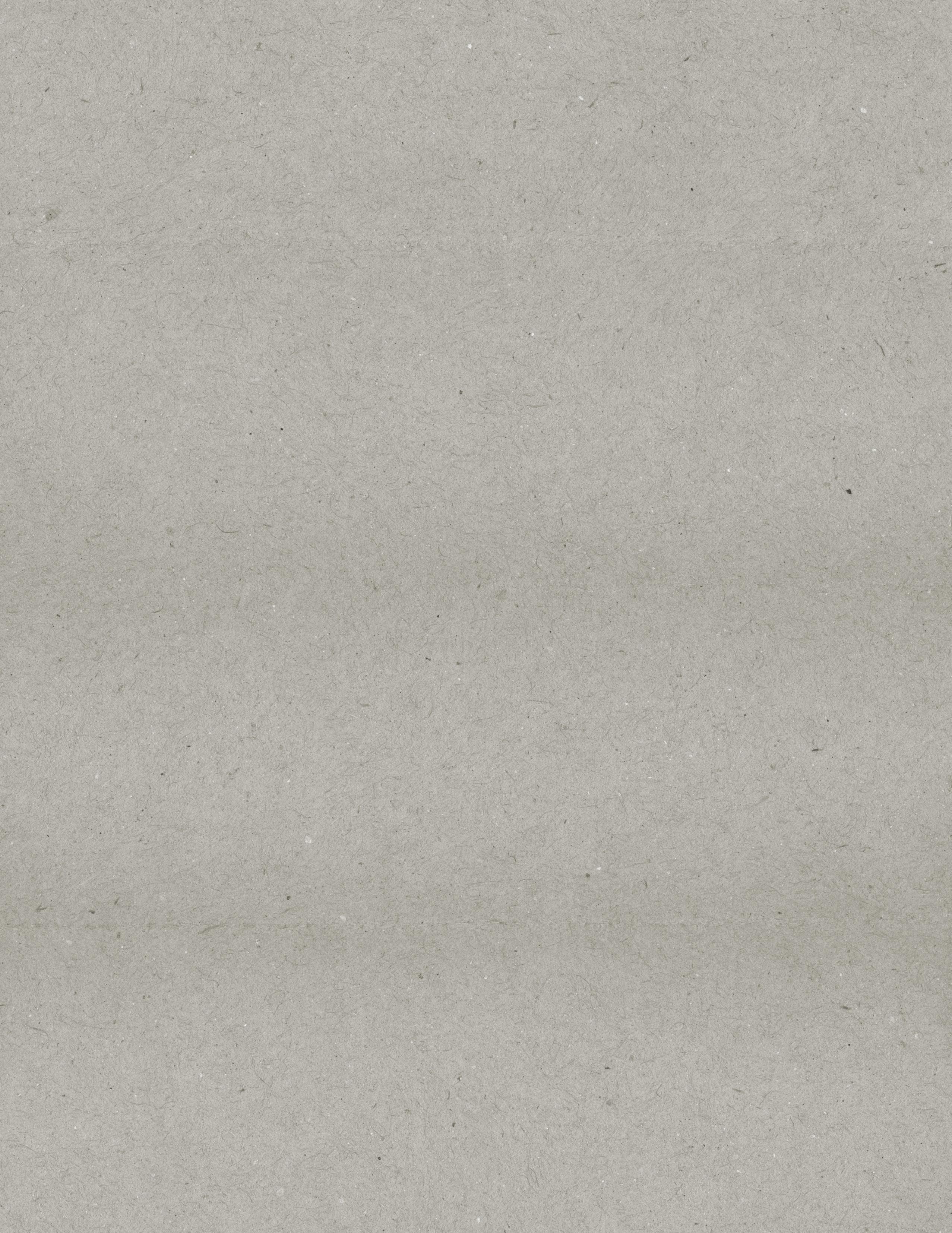


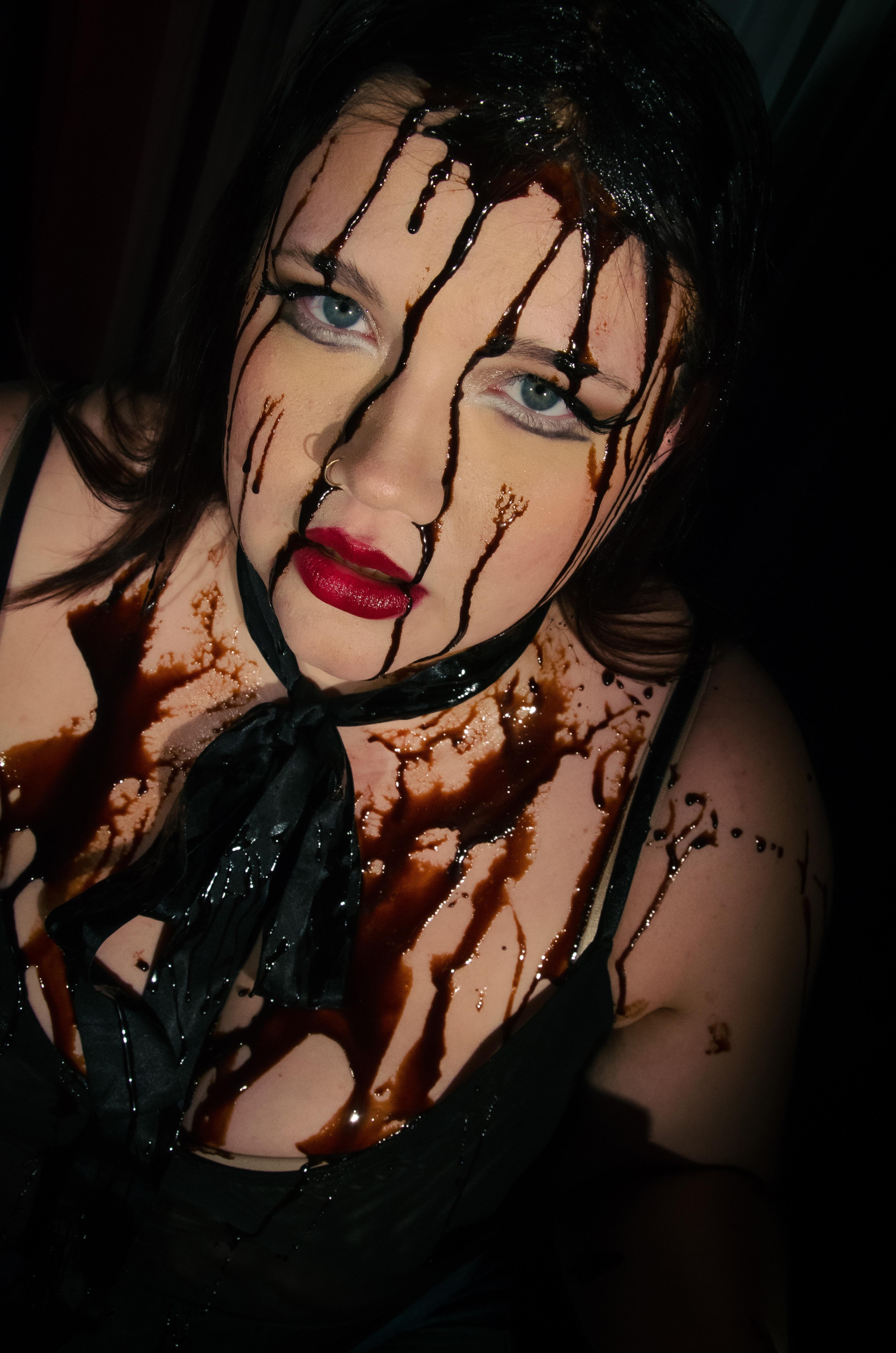




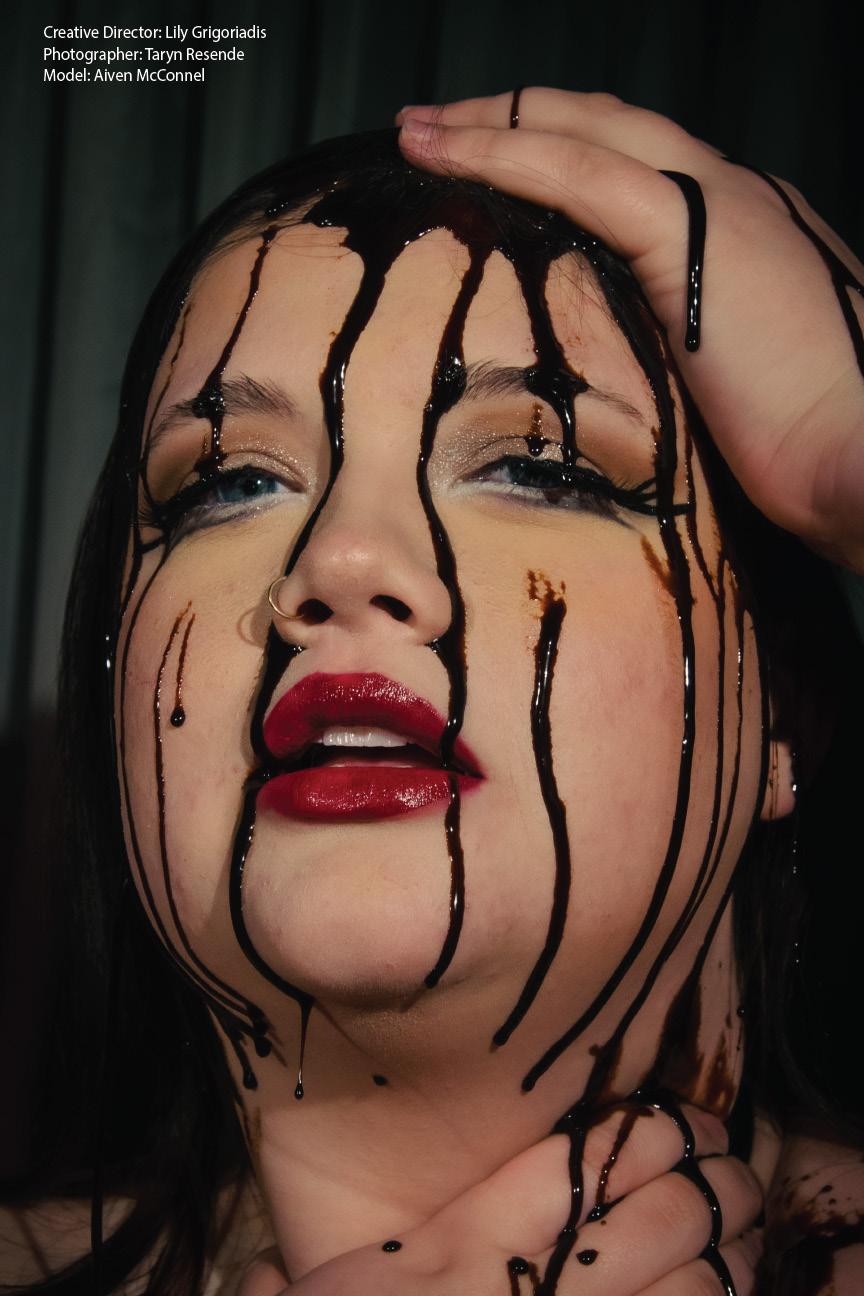




Photographer: Lily Grigoriadis

Model: Morgan Marchildon

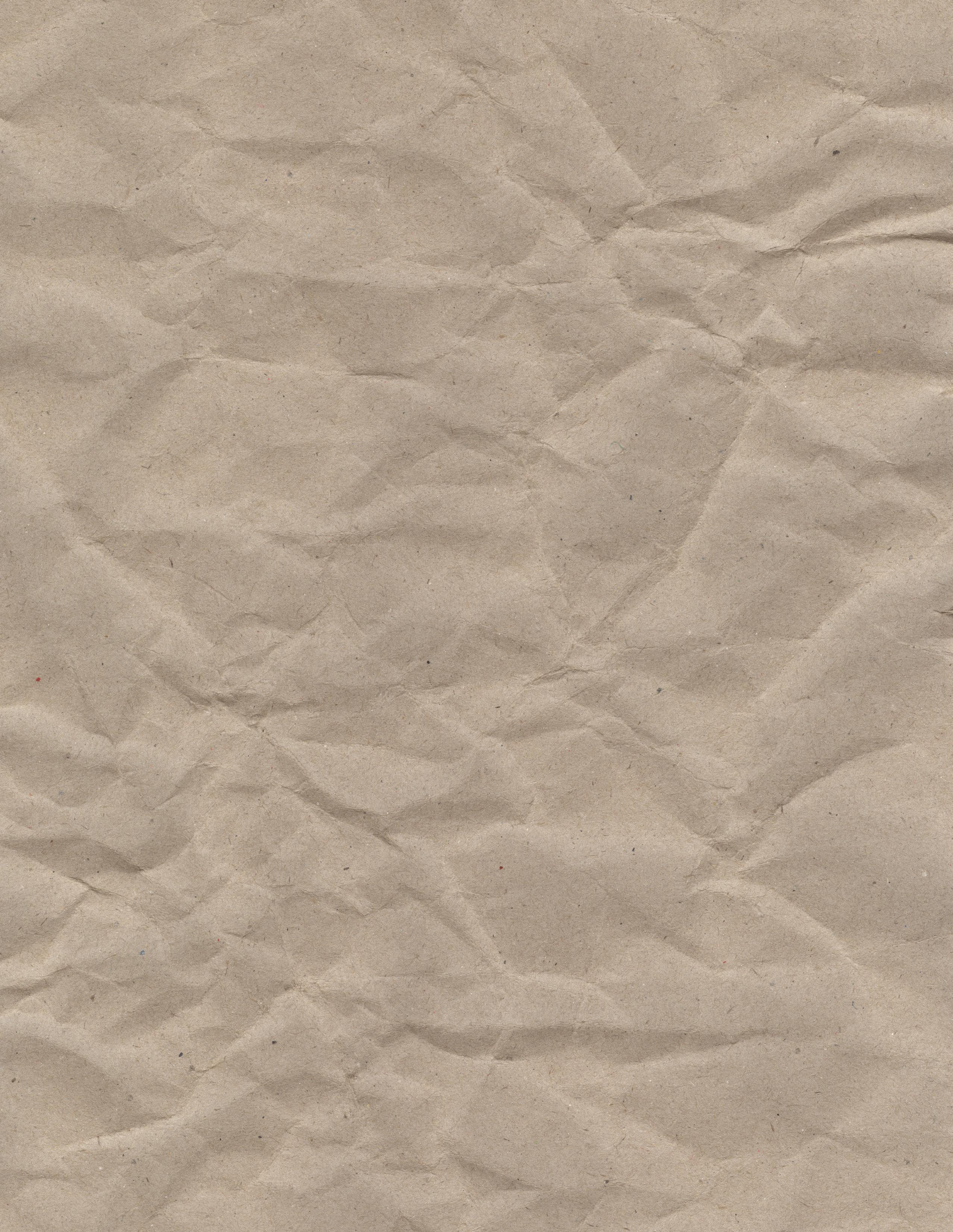


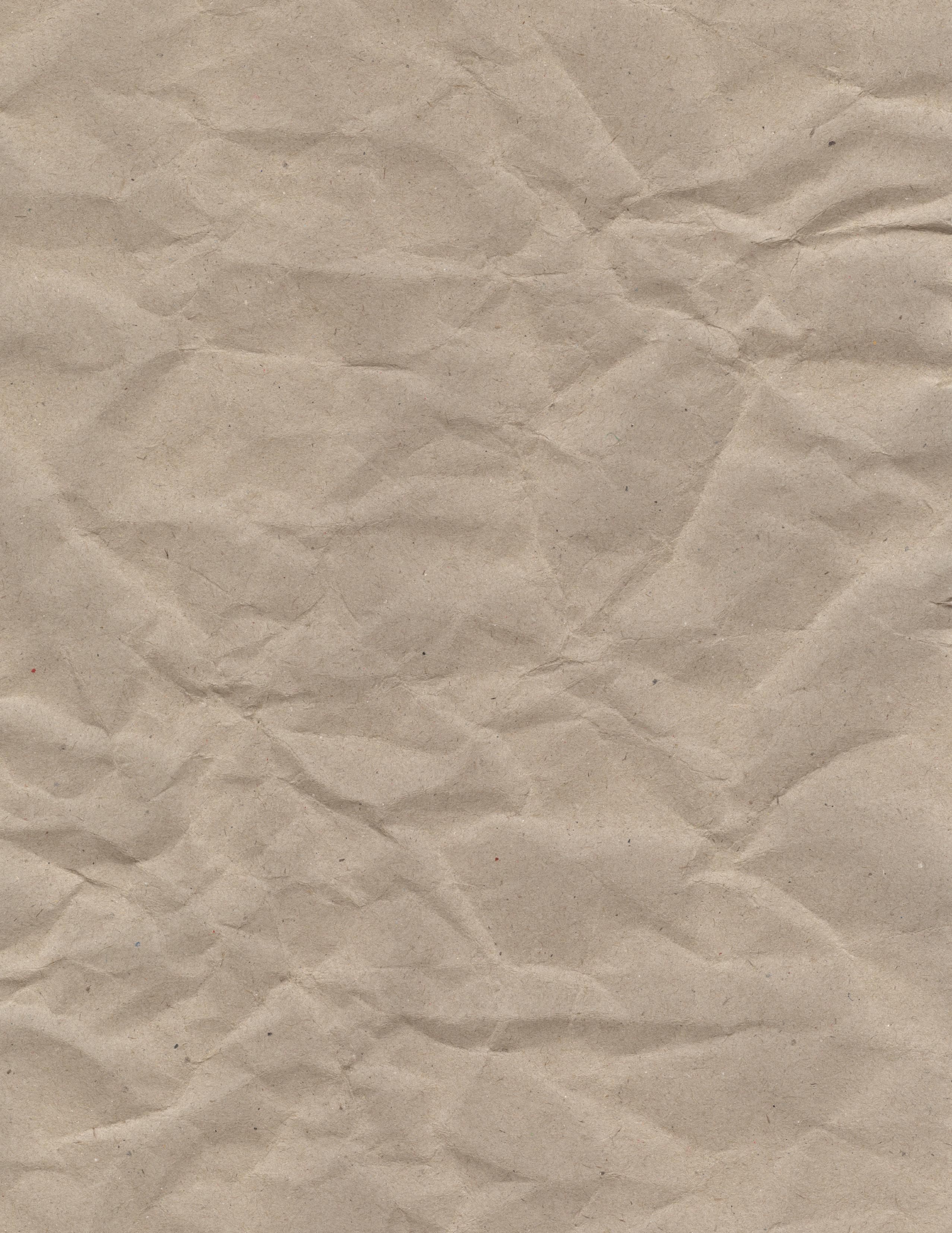


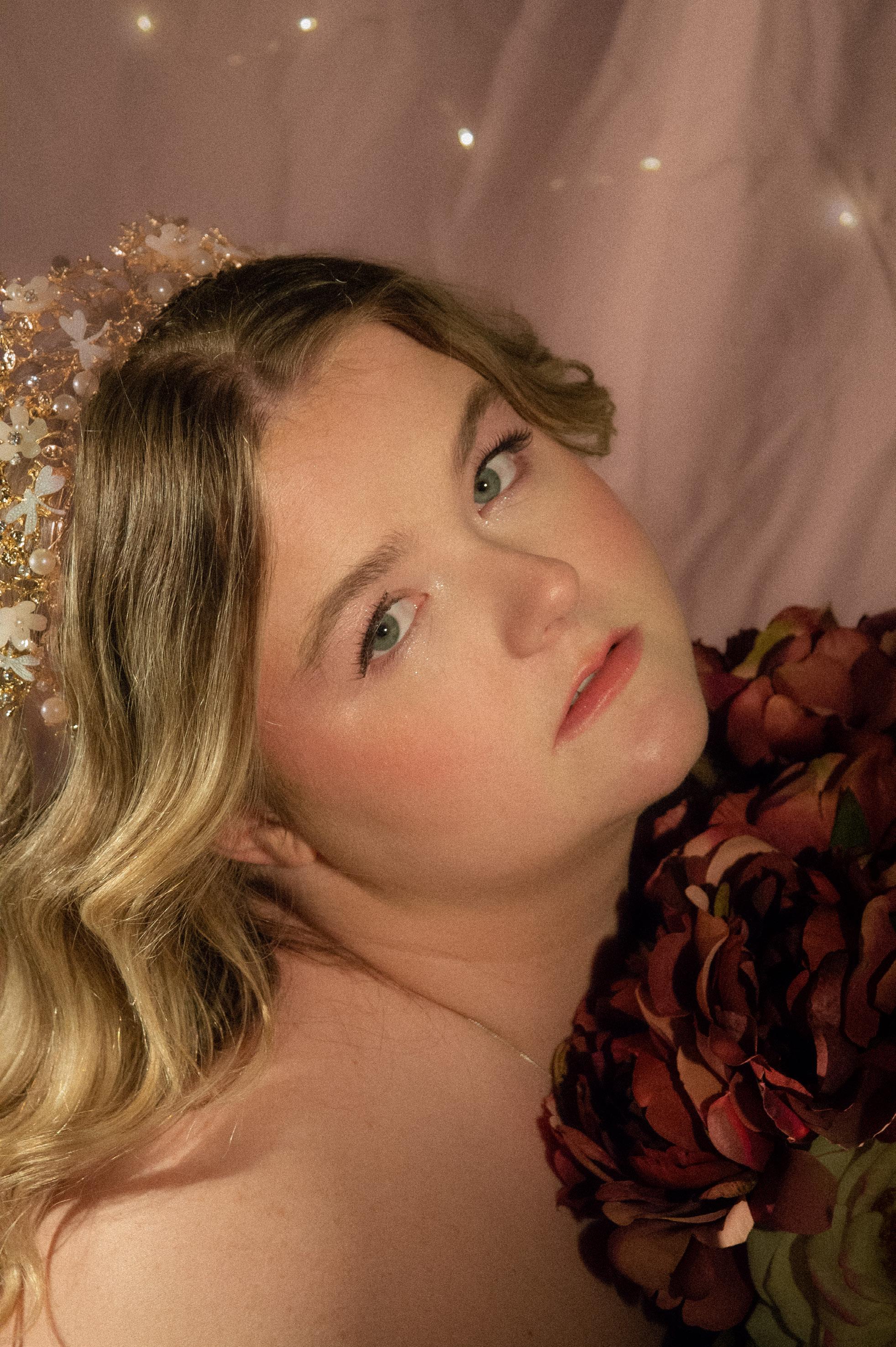



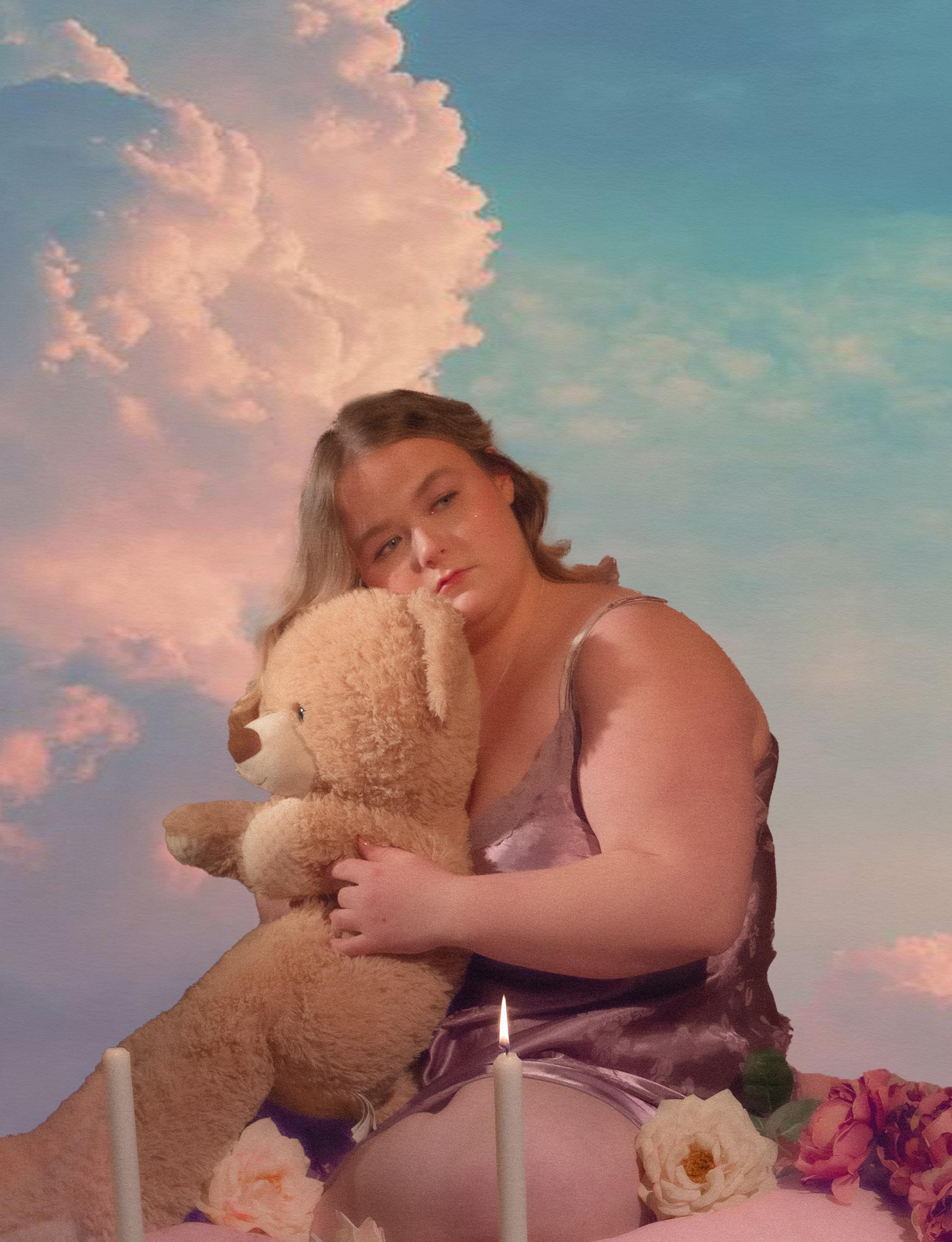


F ucking, Fat suits.
There’s nothing more irritating than a god damn fat suit.

From Courtney Cox in Friends to the recent Oscar-winning Brendan Fraser in The Whale, I see a thin person wearing a fat suit.
There have been countless times in media where a thin actor has played a fat character by wearing a fat suit, so much so that you have to wonder why they don’t just cast a fat actor and save themselves some money and time. But they don’t. Instead, they use fat suits to increase laughter at the character or promote the tragedy in a fat person’s life.
The suit allows actors to step inside the lives of fat people. They can feel society’s responses and attitudes against them in a safe and simulated environment, which is not granted to people living in their suits 100% of the time. Thus, fat suits illustrate an unrealistic comparison between actors and their characters. The suit’s ability to be thrown away is unfair to fat actors and people who cannot wake up with a new body.
As well as presenting a disillusioned idea of weight loss that impacts the consumer’s mental and physical health.
Monica Gellar in Friends famously wore a fat suit during flashback scenes of the show. Monica’s character is uptight and controlled. Therefore, besides using the
suit for comedic relief, it illustrates Monica’s loose and uncontrolled behaviour; thus, feeding into our perception of fatness as a result of uncontrolled behaviour because their lack self-restraint. More recently, Marvel’s Thor wore a fat suit in Avenger’s Endgame, where once again, the suit is used as comedic relief and continues to perpetuate fat tropes. Although Thor’s weight gain feels understandable as he is grieving the loss of his family, it shows audiences that fatness is a tragedy.

A concept fully felt in the 2022 film, The Whale. Daren Aronofsky’s film shows the true tragedy of life: being fat. The film presents fatness as humanity’s greatest failure. In 2023 it feels like a step backward to honour a film that demeans fat people’s lives. However much love there is for Brendan Fraser’s climatic return to cinema, him on stage versus on screen.
it does not overshadow the harmful impacts of seeing him on stage versus on screen. To celebrate an actor who won because of heavy prosthetics and CGI when a fat individual could have portrayed the character is significantly telling about the film industry and its relationship with fat communities. The continued use of fat suits exemplifies the misunderstanding and mistreatment that fat people endure. Casting thin actors to play people of a specific group is frustrating and demeaning. The presence of a thin person within these stories, whether for comedic roles or tragic dramas, illustrates the distrust and discrimination the media has for fat people. Fat suits are a symptom of an embedded Fatphobia that everyone and the industry need to demolish.
















I ’ m tired of being the target of your negativity and hate . I ’ m angry that you don ’ t see this as a problem . But mostly , I ’ m afraid . Afraid to travel , to be out of my comfort zone , to find love and feel like I deserve it , and you are the reason I am terrified to do so . You , the everyday person , whet her White , Black , fat , thin or som ething in between , contribute to my pain .
Your actions as a consumer and cit i zen express a global opinion ; unfortunately , they prioritize thinness . The world is created to comfort the fortunate , making seats that fit the “ average , ” creating fashion trends that exclude the majority of people in the world or using outdated science to determine health .

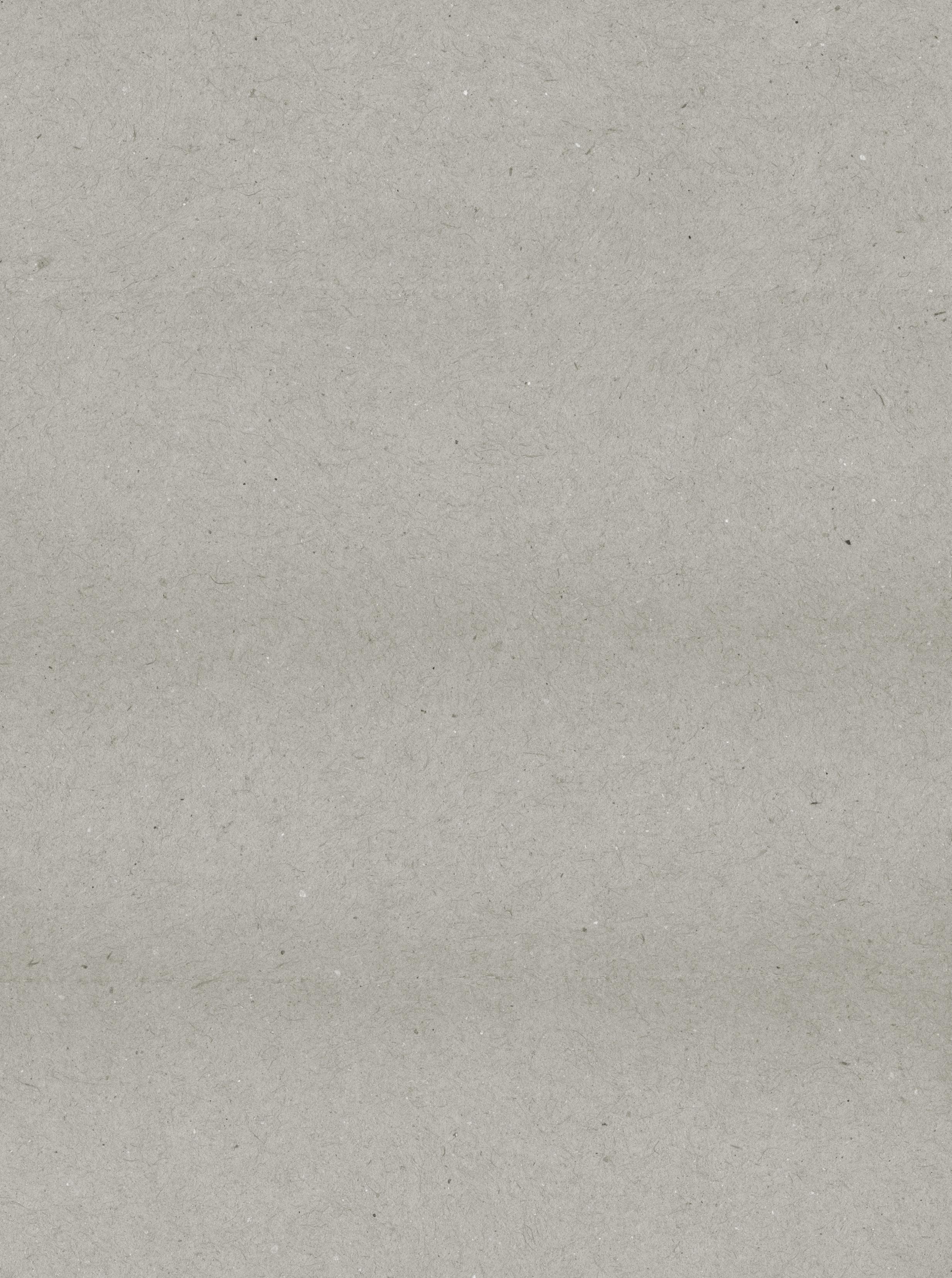
On a daily basis , fat people are tormented and discriminated costing them jobs and making them the bud of harmful jokes . People continue to use fat as a scapegoat for their insecurities ,
comparing their bodies to skewed media that corrupts our understanding of fatness and blatantly ignores those who are technically Fat ( people that buy and need plus - size clothing ). The countlesss moments where my friends call themselves fat in a negative way, thus villainizing my body, continue to perpetuate my hate for my body and my hatred for myself. How does one even try to be confident when the world constantly tells me I can’t be, and even when we try, we are faced with high expectations that are impossible to achieve. If I’m fat, I must work out or maintain the highest hygiene and show that I’m at least attempting to change myself. And again, if I try to be positive and confident, I glorify obesity, but I’m just trying to live.
Bettering yourself? What does that mean, and why do we spend our lives trying to better ourselves? Does working out better you, or would it be better to be educated?
Even though education comes at the price of comfort. Public and private schools cater their needs to the masses rather than individuals providing ablest frameworks that discriminate against others that cannot fit. How can I learn when lecture halls are designed for one shape and size? It is hard to make friends when you cannot work in the seat beside them. Or try focusing on an exam at a desk where your thighs refuse to fit. Does asking to be included need to be that difficult? Can we not create seats or spaces where everyone can feel like they deserve education without being forced out?
I blame you because you aren’t aware. That’s the problem. You unconsciouly typecast me and assume things of me based on my appearance, yet, we learn from a young age not to judge books by their cover, but that excludes me, right? Your parents, grandparents, friends and media shove anti-fat messages down your throat before you can even write, so it makes sense that you hate my body. I wish it weren’t your fault, but you have choices and the ability to be better, so try to be. Become aware of my experience and change your language. Don’t tell me
I’m pretty for a bigger girl. Tell me

I’m beautiful.

Your inner hate for yourself isn ’ t a reason to hate me . Learn to look past your looks and image to see happiness . My happiness . But how could a fat girl be happier than you ?
Don ’ t use fat as a negative . Don ’ t label my clothing as an oversized trend that thin individuals can exploit . Stop popularizing clothing that excludes me and the micro - trends that come and go so fast that fat people can never be considered in style . If you thrift , don ’ t thrift my size . Leave me what I can find so I can at least have something . Provide me with clothes . Provide me with options . Provide a life that is equal to yours .







Creative Director
Lily Grigoriadis
Writer

Lily Grigoriadis
Photographers : Lily Grigoriadis
Taryn Resende
Models

Benysha Johal Pascal
Abimbola Adetuniji
Avien McConell
Morgan Marchildon
Heather Glen
Lillian Thomson
Jadyn Kuah
Sonia Koren
Nicola Koroknay
Makeup Artists
Sonia Koren
Lily Grigoriadis
